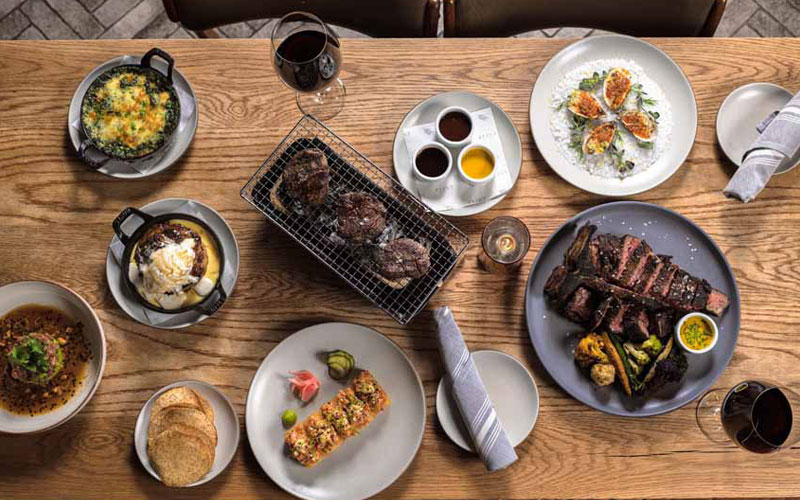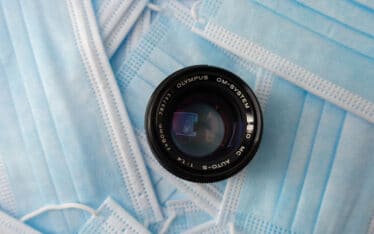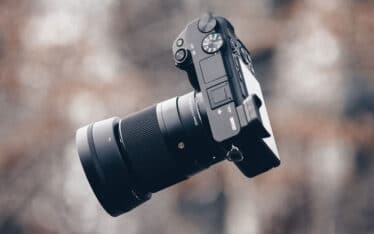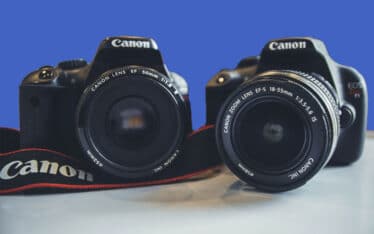Over the years, we’ve been hired to do quite a bit of product photography. However, it dawned on me that with the massive growth of e-commerce in recent years, there are many new sellers that are trying to get their store off the ground. Like many startups, budget/resource constraints may dictate the need by shooting their own products. So, I thought I’d give some pointers to those who are just starting out.
Why Product Photography Is So Important
We’ve all heard the saying, “An image is worth a thousand words.” This has never been truer than today as it pertains product presentation. Whether you sell products from your own website, on Amazon, or on any other sites, it’s essential to showcase everything with clear and compelling photographs to entice the shopper to buy.
Product photography is a key aspect of success when it comes to selling online. People will notice photos of your items before anything else. If you don’t capture their interest or if you turn them off in some way, they will quickly move on. Let’s look at some of the top tips for product photography to get more engagement and sales.
Choose the Right Camera
If you aren’t a photographer, in most cases you can rely on your smartphone or tablet to take pictures. If you want to invest in a high-end camera, you certainly can. However, there’s no reason you can’t start out using your phone’s camera. Most of today’s smartphones have decent to very good cameras that are perfectly adequate for taking great product photos.
Pay Attention to Lighting
Lighting is fundamental to displaying products. With some types of photography, it can be appealing to apply artistic effects to make a subject or setting more interesting. It’s fine to experiment, especially once you’re comfortable taking photos. However, with products, the primary goal is clearly and realistically display the item so potential customers get a good look at it. Here are some key points.
- Stick to one light source, whether that is natural or artificial. Additional lighting can create glare and uneven lighting.
- Bounce cards can help to reduce shadows.
- The product needs to be clearly separated from the background. You don’t want to have a white object on a white counter, for example.
- Lighting should be evenly spread. Lightboxes can be helpful for this.
Eliminate Distractions
When photographing products, you want to focus attention on the product and nothing else. For this reason, it’s best to avoid anything that could distract the viewer. Decor, people, pets, other objects, and anything else not directly relevant to the product can distract potential customers.
This doesn’t mean that all product photos should only display the product. In some cases, a background adds to a product’s appeal and gives potential customers ideas for how it will look or be used. For these instances, portrait mode can be useful.
Use Portrait Mode
In some cases, background or context can actually help to highlight the product. For clothing or accessories, for example, a human model helps customers visualize how the product will look. A barbecue grill can look more appealing in a backyard. In such cases, you still want to highlight the product itself rather than the background. One way to ensure this is to use portrait mode on your camera. Many smartphone cameras today also offer this feature. In portrait mode, the background is blurred but still visible.
Use a Tripod
A tripod is a standard photographer’s accessory, however, not everyone realizes that tripods are extremely useful for shooting products. You can get by without one, but a tripod provides greater stability and helps with framing. You don’t need a high-priced tripod. There are many economical ones that can serve your purposes. Tripods fall into two general categories: traditional and flexible. Traditional tripods are ones that retain their structure while flexible ones can be manipulated to achieve more angles.
Use a Macro Lens
Many smartphones and cameras have a “macro” setting, which stands for macro photography. These lenses are great for getting those artistic close-up shots, with a great amount of detail. If your smartphone or camera doesn’t have a macro setting, then you might consider buying a macro lens for your camera. A good macro lens can help you bring your product photography shots to new and professional looking levels.
Another reason to use a macro lens is that they help to keep the colors true, which is often very important to customers. For many items, such as clothing, curtains, even electronic devices, if the color of the product doesn’t exactly match the photo, the customer is likely to demand an exchange or refund.
Final Tips For Product Photography
If you sell products online, you’ll have the need to take lots of photos. Over time, you’ll get more comfortable with the process. Here are some general guidelines to keep in mind.
- Take multiple photos for each product. It’s always best to provide visitors to your page with a variety of photos. A piece of furniture, work of art, or electronic device should be photographed from several angles. With an article of clothing or accessory, for example, it’s good to show the item by itself as well as a person wearing it.
- When submitting photos to sites such as Amazon, Etsy, Google Shopping, and others, be sure to follow the requirements regarding file type, pixels, and labeling.
- Be sure to photograph relevant product features. On a device, this might be the control panel. For a backpack, people will want to see the different compartments.
- Minimize editing. Many people enjoy getting creative with photoshop and other programs. With products, it’s important to keep everything accurate, so make sure you don’t distort or improve upon reality.
- Pay attention to photographs taken by other sellers. Look at them through the eyes of a customer and identify what you like and don’t like. It can also help to study ads by major brands and see how they portray products.
Hopefully this is helpful to get you up and running well. And, once your budget opens up a bit, perhaps you might consider calling us to help you with your next product photo shoot.








